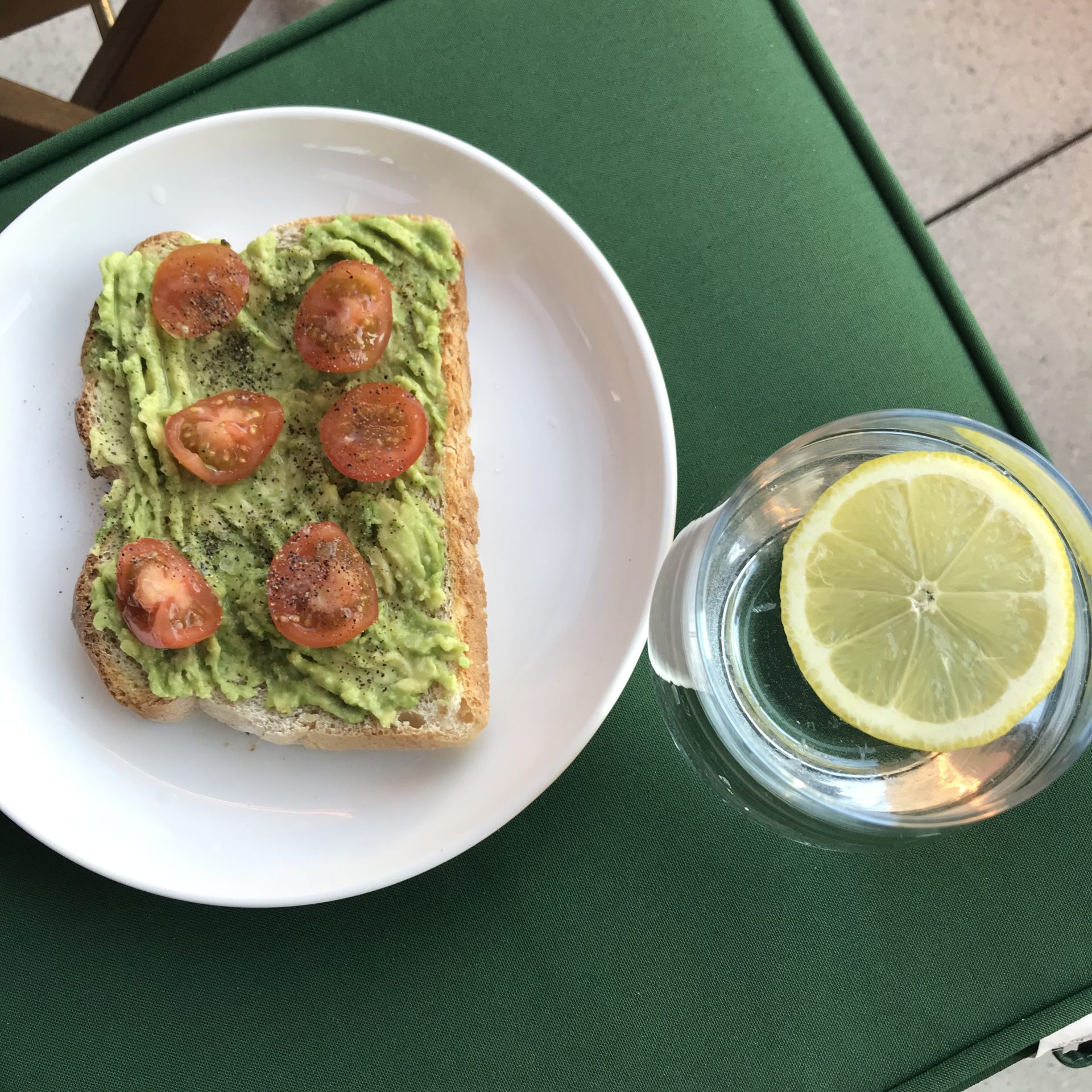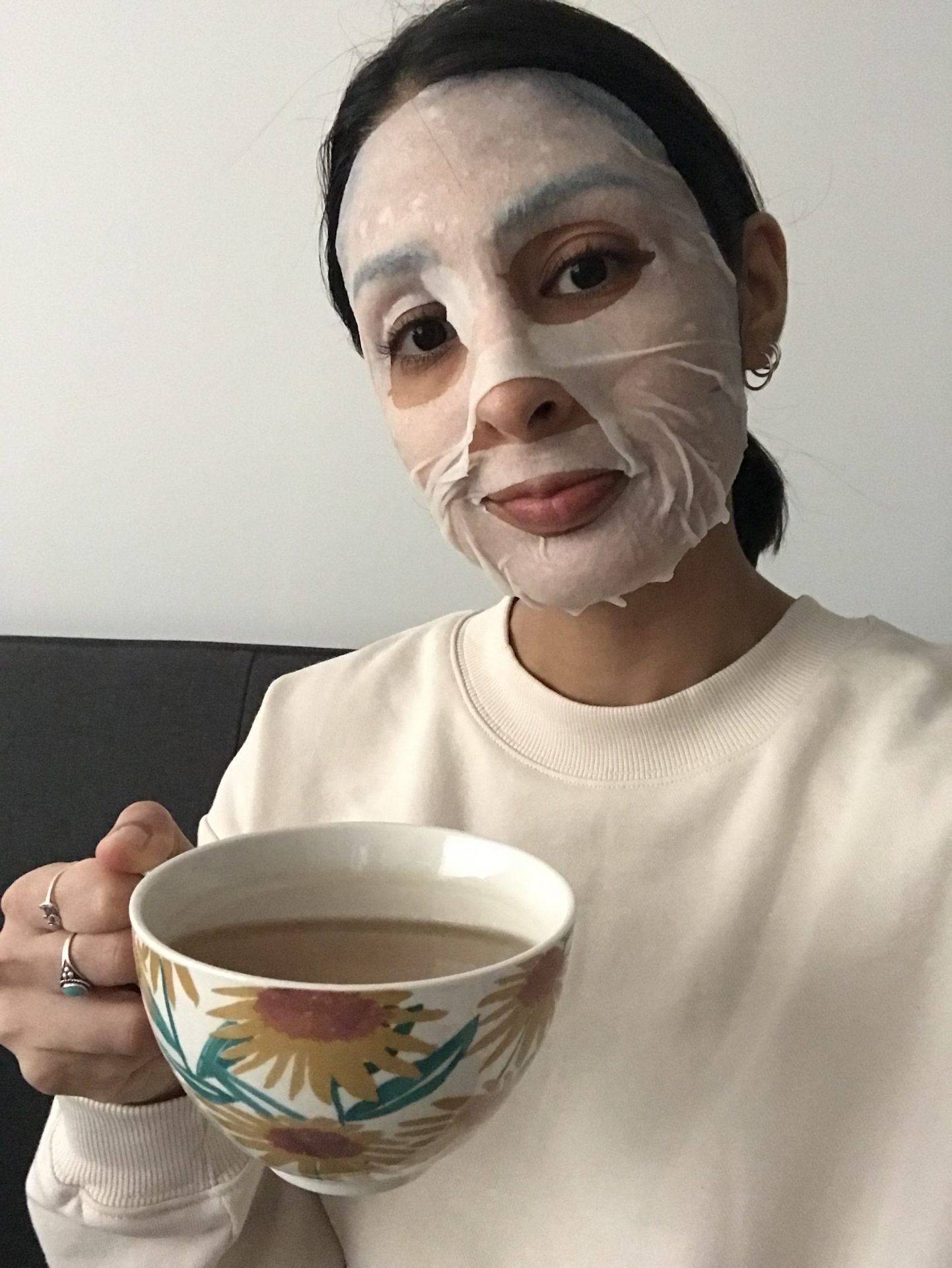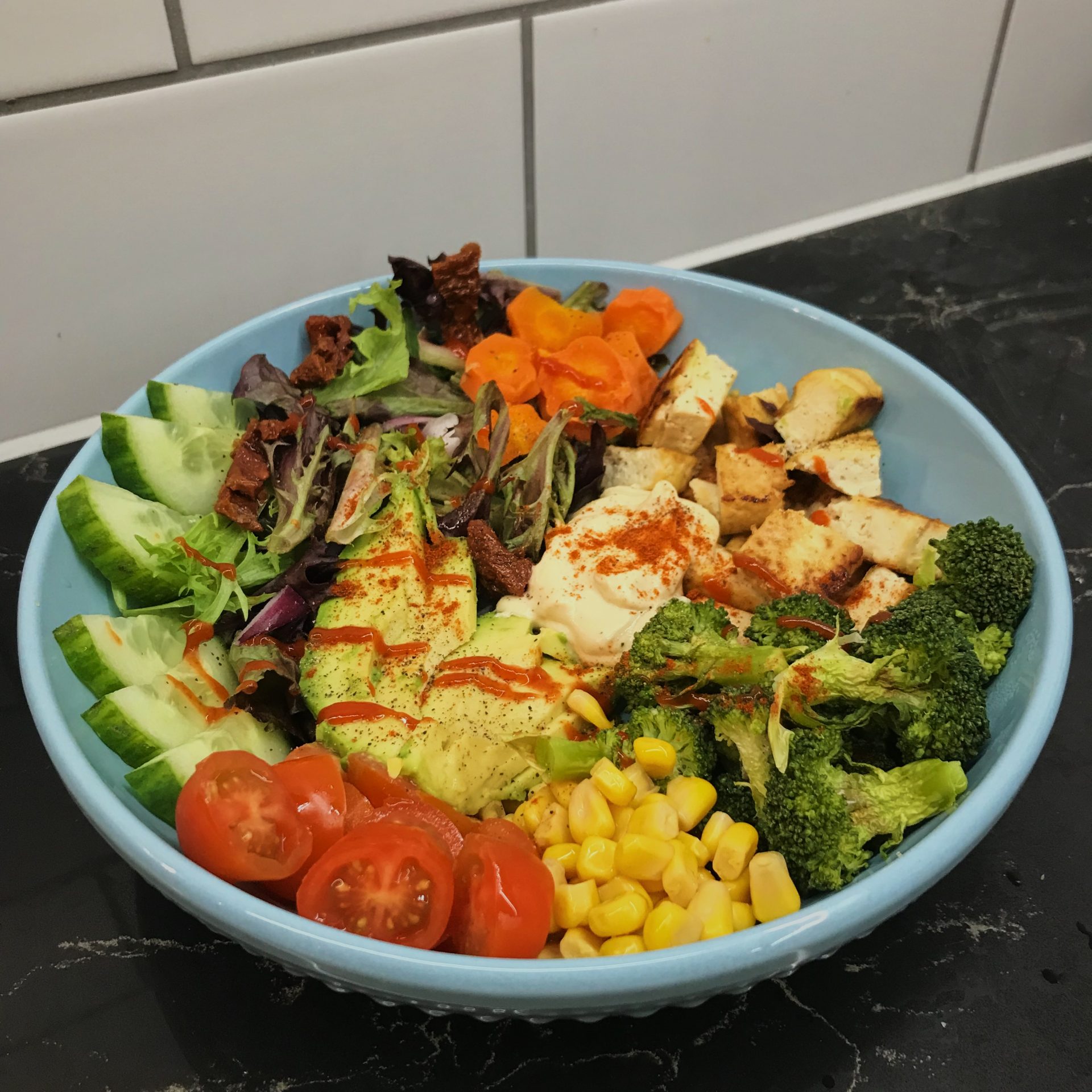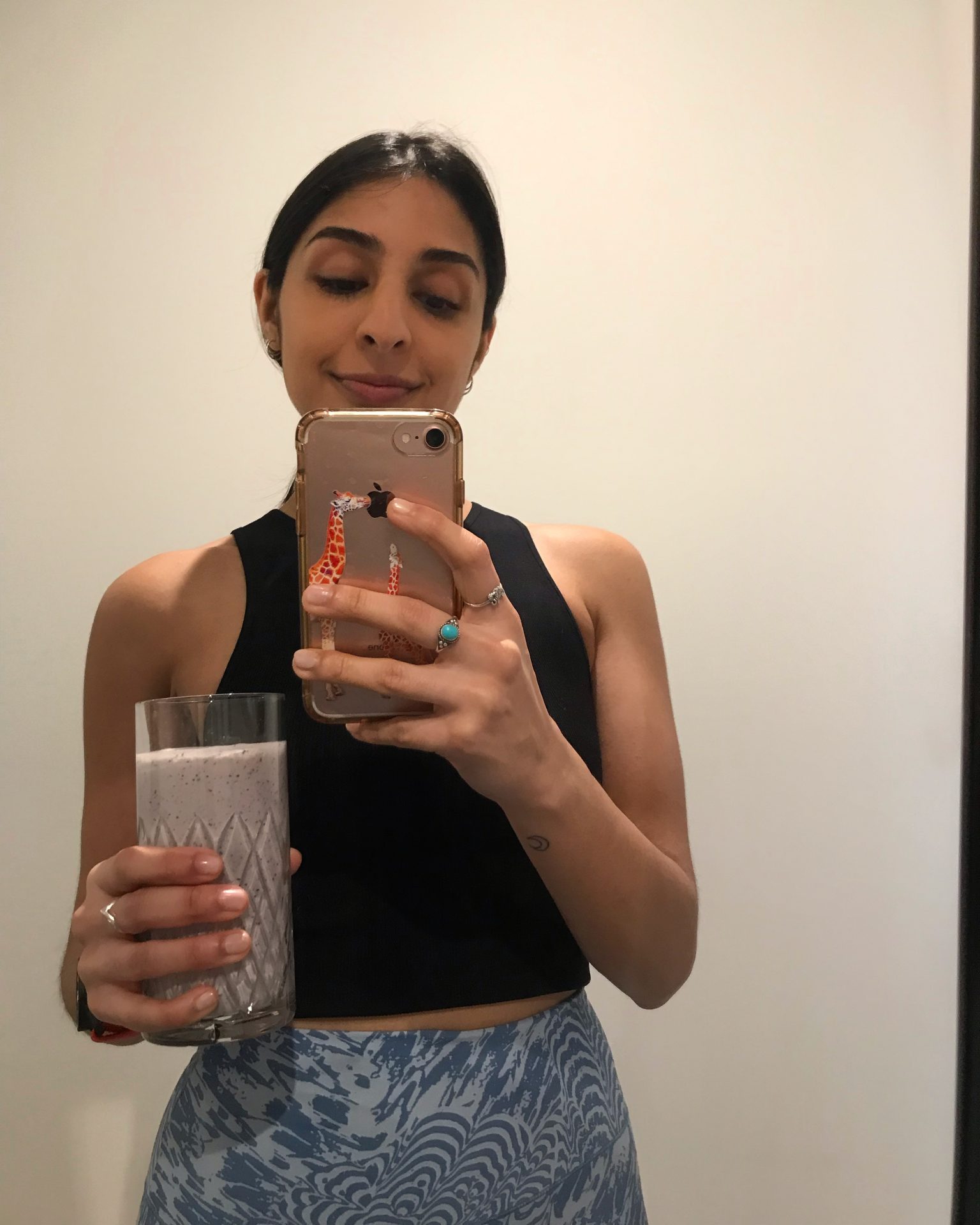Written by Priyankaa Joshi
The viral trend is encouraging women to become the best, most productive version of themselves. Is it a useful source of inspiration or just another unrealistic standard for women to live up to? One writer investigates.
“This is your sign to become That Girl” flashes up on my screen for the umpteenth time as I scroll through TikTok. Clicking through to the videos, I watch a stream of thin, photogenic, predominantly white women wake up early, make their bed, work out, eat avo toast and journal – all before the rest of the world has woken up. With their coordinating activewear, aesthetically pleasing breakfasts and perfectly polished nails, they make it look beautiful and effortless.
Wow, I think, reflecting on my usual morning routine which involves hitting the snooze button several times before waking up bleary-eyed and sipping coffee in bed until I start work. I find myself wishing my mornings were as productive and serene – perhaps I should take a leaf out of That Girl’s book.
But who exactly is That Girl? She’s productive and professionally successful yet she still finds the time to eat well, meditate, read, exercise and follow a strict skincare regime – and she looks flawless while doing it all. She is, supposedly, the girl we could all be if we just made the effort.
The trend, which sees women creating videos documenting their journey to becoming That Girl, has taken over on TikTok, YouTube and Instagram over the past year. On TikTok alone, videos with the hashtag #ThatGirl have racked up over two billion views. The idea behind them is to encourage women to become the most optimised version of themselves.
On the surface, That Girl content seems harmless. A lot of the advice in the videos revolves around adopting activities which are known to boost mental wellbeing, such as taking regular exercise, getting sufficient sleep and drinking plenty of water. But critics argue that there are a number of toxic layers to it, not least that constantly striving for perfection can have a detrimental impact on our mental health. Many have also called out the viral trend for lacking diversity and promoting a lifestyle which is only attainable to those who can afford to spend their time and money on wellness.
To find out whether it is indeed a useful source of inspiration or another unrealistic ideal for women to live up to, I decided to jump on the bandwagon and try to become That Girl for a week.
Becoming That Girl
In order to become That Girl, there was a fair amount of preparation involved – so much so that I needed a few days to get ready before starting my week-long experiment.
Firstly, I watched multiple #ThatGirl TikToks to make sure I knew exactly what to do. I’ll be honest,watching all those women with their lithe limbs, flat stomachs and glowing skin go about their ‘perfect’ days didn’t make me feel great about myself. I had to remind myself that social media is just a highlights reel and that comparing myself to others was completely pointless.
Next, I needed to make sure I had the That Girl aesthetic down. I couldn’t post videos in my old gym clothes or show off my healthy breakfasts on chipped crockery, so I bought some cute workout sets and a few nice bowls, plates and glasses. Admittedly, I quite enjoyed having an excuse to splurge. A trip to the supermarket was also in order for That Girl essentials: avocados, salmon, spinach and lemons, for a start. I quickly realised being That Girl is not cheap.

Day one: putting on a performance
I optimistically set my alarm for 5.30am, which was never going to happen, but I did get out of bed by 6.30am, leaving plenty of time for my elaborate morning routine.
Instead of mindlessly scrolling on my phone for an hour, I jumped (OK, stumbled) out of bed, made a frothy oat cappuccino, did a 45-minute home workout, showered, moisturised, wrote some daily affirmations and made a smoothie bowl, all before I started work. My evening routine involved a yoga class, a salad, writing in my gratitude journal and reading before bedtime at 10pm.
But it wasn’t enough to simply follow this routine – I needed to share my successes with my followers, too. Making everything I did look good and filming videos was seriously time-consuming. I realised I was so focused on how to make my day look as picture-perfect as possible, I wasn’t paying attention to what I was doing or how it made me feel. I wasn’t really doing it for myself, I was putting on a performance for a crowd on social media.

Day two: socialising is a no-no
On day two, a couple of friends invited me out for dinner but I had to say no as I wouldn’t have had time for my evening routine. From what I could find on TikTok, it doesn’t look like That Girl eats pasta or drinks alcohol.
I couldn’t help but feel sad as I watched my friends tucking into bowls of cheesy spaghetti and sipping cocktails on their Instagram Stories while I sat on the sofa with a face mask, nursing a cup of camomile tea.
I discovered that the trend promotes a very ‘all or nothing’ approach to life – you have to follow a rigid routine, and there’s little scope for flexibility or room for activities that don’t fit the aesthetic. I know that if I had gone out, I would have felt guilty for messing up my new routine, even though an evening with friends to blow off some steam was exactly what I needed. Eating less nutrient-dense food and staying out late just isn’t an option if you want to be That Girl.

Day three: guilt sets in
By the third day of my experiment, I was fully in the swing of things. My doomscrolling habit had been usurped by my new positive morning rituals, and I felt good for it. I found writing affirmations especially helpful, I enjoyed taking the time to make myself a fancy coffee and reading before bed was doing wonders for my sleep.
In the afternoon, however, I received some difficult news and I spent the rest of the day feeling quite anxious. I couldn’t face the gym class I had booked, I didn’t go on my walk and I really didn’t feel like yet another salad for dinner. Instead, my boyfriend and I ordered pizza and we spent the evening in front of the TV. I couldn’t fully relax, though, as I felt pangs of guilt for being lazy and unproductive.
The binary and moralistic attitude towards food and health the trend perpetuates made me feel extremely uneasy. I know that ordering a pizza and watching TV doesn’t make me ‘bad’, just as eating a salad and working out doesn’t make me ‘good’, but during the challenge, I couldn’t help but apply moral judgments to everything I did. Wellness shouldn’t be the all-or-nothing proposition the trend makes it out to be.

Day four: feeling exhausted
As the week went on, there were a number of aspects to the trend I found concerning. One in particular was the unhealthy discourse around food. In all of the ‘what I eat in a day’videos I watched, the meals were vibrant, packed with vegetables and beautifully presented but they were seriously lacking in calories, and there was no sign of anything that might be considered ‘unhealthy’. I could see how easy it would be to get caught up in diet culture and develop restrictive habits while following the trend.
By this point, keeping up with the That Girl lifestyle was mentally and physically exhausting. I had a really busy day and having to spend time preparing beautiful looking meals left me feeling more tired and stressed than ever. I also found it quite isolating as I wasn’t able to share and enjoy food with my boyfriend as usual. While he tucked into a beige but comforting plate of sausages, mash and gravy followed by doughnuts, I made myself a tofu stir-fry with fruit for dessert. Needless to say, it didn’t quite hit the spot.
Also, as expected, I was spending way more money on food than I would have liked. Buying fresh fruit and veg on the daily along with green juices, superfood powders and organic hummus was costly. There’s no way I could afford to keep this up in the long run.

Day five: mounting pressure
On the final day, the pressure to be perfect was really getting to me. I’d planned to make soft boiled eggs and avocado on sourdough for a sexy shot of my knife piercing the egg to reveal the oozing yolk. Unfortunately, I burnt the toast and overcooked the eggs so they were rock solid and not so visually appealing.
I was so frustrated with myself. Of course it didn’t really matter, but in that moment I felt like a failure. I noticed that since starting the challenge, I was being a lot more self-critical.
I ditched the eggs and after faffing around for half an hour, ended up with a decent shot of some avocado and tomatoes on toast. For anyone who watched my finished TikTok, it probably looked like I was living my best life but behind the scenes I felt stressed and overwhelmed. It served as an important reminder that appearance and reality are not the same. Just because someone looks like they’ve got everything together, you have no idea what’s going on beneath the surface.
The verdict
Come the end of the week, I was relieved that the challenge was over.
I’m not saying it was all bad – there are a number of habits I formed that I’ll be incorporating into my life but overall, trying to be That Girl was exhausting and overwhelming. When, inevitably, things went wrong and life got in the way, I felt like a failure because I couldn’t live up to the impossibly high standards the trend dictates.
According to BACP registered counsellor Ruth Micallef, it’s no surprise I felt this way. “The trend encourages women to constantly strive for perfection, which is unrealistic and unsustainable for any length of time,” she tells Stylist. “It can lead to burnout and when we inevitably fail at living like That Girl, we’re left with feelings of shame, guilt and disappointment.”
Registered clinical psychologist Dr Roberta Babb agrees, adding that the trend is wrapped up in toxic comparison culture. “If we feel like we can’t keep up with all the people on our social media feeds who appear to be living their best lives, it can make us feel like we’re underachieving and we’re not good enough,” she says. “This can have a major impact on our self-worth, and may even lead to anxiety, depression or unhealthy coping strategies like disordered eating and substance abuse.”
For me, the pressure to conform to the specific aesthetic made my efforts feel superficial and performative. “It’s toxic because instead of focusing on the personal benefits of the lifestyle changes, the focus is on presenting them online and receiving external validation,” explains Dr Babb.
For Dr Babb, the one-size-fits-all nature of the trend is also a major issue. “It doesn’t take into account that for many, the lifestyle choices seen in the videos are inaccessible and even unhelpful in some cases,” she explains. For someone suffering with depression, for example, putting on a face mask and drinking a green smoothie isn’t going to miraculously transform their mental health.
“There’s no acknowledgement of the privilege the trend is built on,” adds clinical psychologist Michaela Thomas. “Those with low socioeconomic status can’t afford to spend their time or money taking videos of kale smoothies or matcha lattes.” That’s not to mention that the rigid aesthetic, which excludes people of colour and anyone who isn’t thin, promotes a narrow vision of what health and wellness look like.
Although the creators may have good intentions, ultimately #ThatGirl is yet another trend promoting unrealistic ideals for women to live up to. It tells us we have to strive for excellence in all areas of our lives, all of the time, which is impossible for the majority of us to maintain.
Personally, I refuse to chase a standard which doesn’t exist. Sure, I want to be the best version of myself but I also recognise that my worth has nothing to do with my productivity levels and I won’t chastise myself for waking up late, missing a gym session or sitting in front of the TV all day. I might not be That Girl, but as long as I’m focusing on the things that bring joy, value and balance to my life, that’s good enough for me.
Images: courtesy of Priyankaa Joshi
Source: Read Full Article
